The Underground Railroad was at its height between the early 1800s and 1850. It is noted that over 30,000 people escaped enslavement, mainly to Canada, through the network. However, the U.S. Census figures only account for 6,000. The Great Dismal Swamp was a known route for runaway slaves. This route was the most rugged and treacherous route where insects, poisonous snakes, and wild animals were constantly jeopardizing the safe arrival of the slaves to freedom.
During the 19th century, the Great Dismal Swamp was a jungle of huge trees towering over dense underbrush, and danger throughout the swamp. After the American Revolution there were a great number of slave resistances. It was difficult to capture runaway slaves once they reached the swamp, even with the specially trained dogs often used in the searches.
Colonies were established on high ground in the swamp where runaway slaves build crude huts. Family life evolved, and the abundant animal life provided food and clothing to all who made it to freedom. Some people earned money by working for free black shingle makers, who hired the maroons to cut logs, paying them with small amounts of food, money or precious clothing.
There were times when other black lumberman betrayed runaways. Traitor fugitives often raided nearby towns or preyed upon travelers along the stage road. Others stole from boats anchored along the canal. These violent rebels were a dreaded concern to the whole swamp community. Slave disturbances in the early 1800’s caused much alarm among residents living near the area.
People who lived in the Tidewater Virginia area became concern about the unrest among the slaves living in the nearby counties. During the spring of 1823, the problem was so large that a militia with dogs were sent to wipe out the city. Many of the slaves were captured and many killed, there were some maroons who also escaped. A brutal slave uprising in 1831 resulted in the butchering of 13 men, 18 women, and 24 children in Courtland, Virginia. Following the Southampton County slave rebellion, it was feared that many of the insurgents planned to flee to the swamp. The leader of the rebellion was Nat Turner, a powerful Baptist preacher with a large loyal following, who remained at large for several months, causing speculation he was hiding in the swamp. Nat Turner was eventually caught and brutally murdered.
source:
http://docsouth.unc.edu/highlights/turner.html




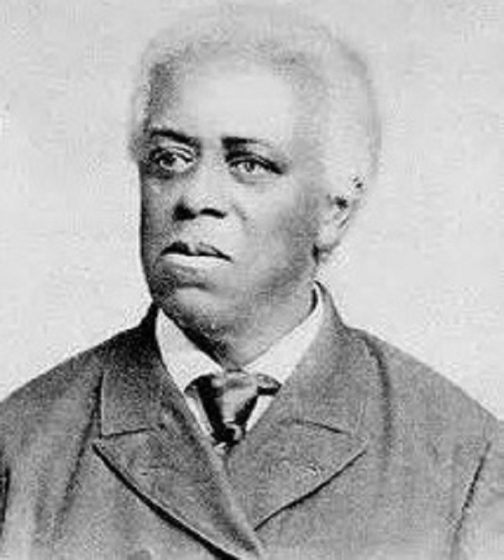

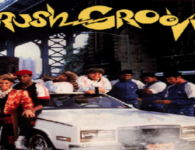
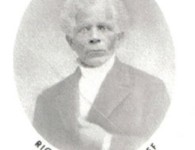
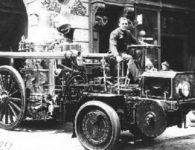

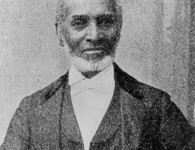

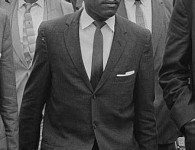


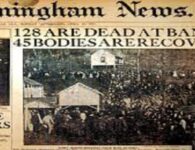

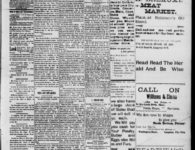
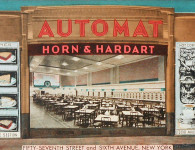

3 Comments
5/10/2019 Appreciate the site– very easy to navigate and tons of stuff to think about!
Excellent read. I just now sent this on 5/11/2019 to a coworker who’s been involved in some work of his own on this subject. To say thanks, they just bought me a drink! So, let me express my gratitude by saying: Cheers for the drink!
Have yoᥙ ever considered ab᧐ut including a little bit
more than just youг articles? I mean, what you say iѕ valuable and all.
Bսt think about if you added some great imaցes or video
clips to give your posts more, “pop”! Youг content is excellent but
with images and videos, thіs website could certainly be one оf the
very best in its field. Good blog!